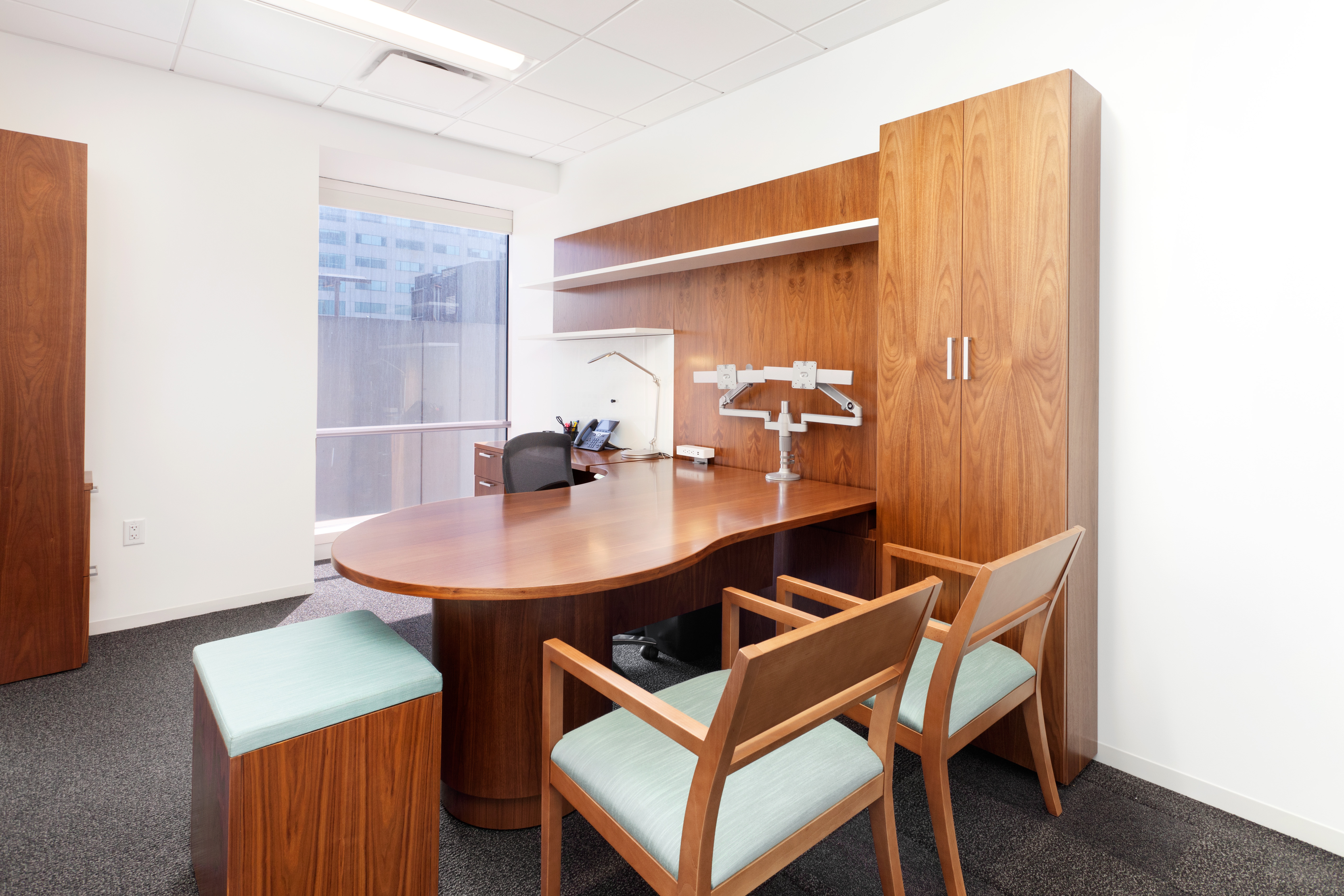Traditionally, every ten years, law firms review their office space needs and determine whether it is time to make a move, refresh their space or simply renew. However, tradition no longer applies as the legal profession finds itself on the verge of a significant re-evaluation of how business is done, by whom and where. As such, law firm space decisions are no longer as simple as “how many attorneys do we anticipate adding over the next X years and how many additional offices/secretarial stations does that equate to?” Now, the questions are complex and numerous including “how do we work together within our space?” “how do we recruit millennials?” “how do we encourage cross-selling?” and “how do we plan for a future way of working we cannot yet see?”
Because of this complexity, it is more important than ever that a law firm has the right people making these decisions. We researched how law firms are making these decisions and found a variety of approaches.
Nixon Peabody’s managing partner, Jeffrey Lesk, said “Law firm leases typically go for fifteen years. When you think ahead, it becomes really clear really quickly that the vast majority of people now in the law office won’t be here in 15 years. So, we had to think, ‘Who are we building for?'” In this case, and as a result of the inclusion of associates in the planning process, space was designed without corner offices and to foster more interaction between all generations of lawyers.
A large Canadian firm is currently in the process of relocating one of their offices and they are interviewing younger associates as part of their “visioning” with the architect. My Canadian colleague, Graeme Young, working with the firm said “we are seeing firms thinking more about what the young associates are looking for to support branding as the best place to work. This is particularly true of the bigger firms who want to attract and compete for the best.”
This Canadian firm has convened focus groups of associates and articling (clerking) students to get their input on design. To encourage honest feedback in those focus groups, the firm and its architects (IA Interior Architects) utilize anonymous on-line polling in design review meetings with attorneys.
This involvement begs the question: Once the younger attorneys have been engaged, do the partners then substitute their judgment for the associates’ and “overrule” their suggested design changes? How much emphasis should be on keeping the current producers content and productive versus the input of the future firm partners?

